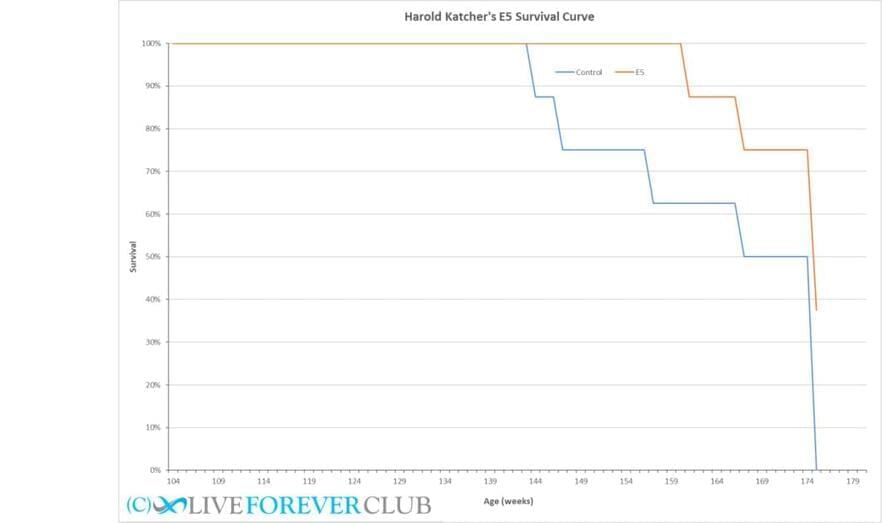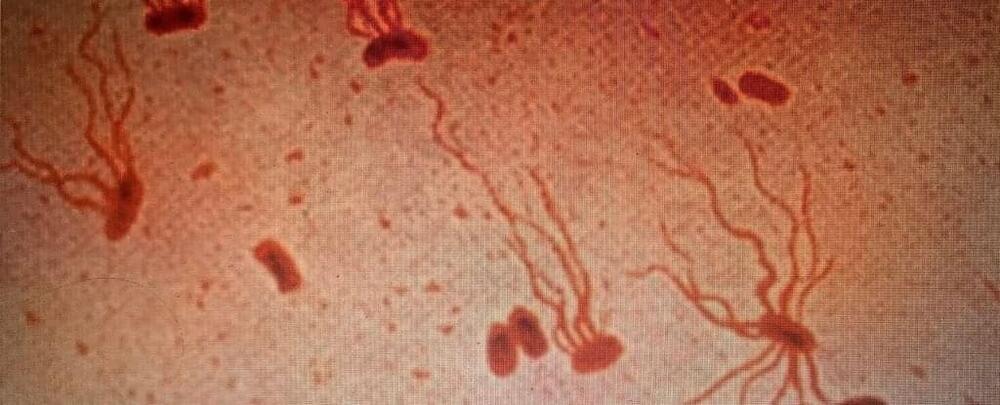
A gold miner in Canada discovered a near complete mummified baby woolly mammoth Tuesday, according to the Yukon government and Trʼondëk Hwëchʼin, a local traditional territory. The female baby was named Nun cho ga, which means “big baby animal” in the Hän language.
The miner found the baby, which retained its skin and hair, while excavating through the permafrost at Eureka Creek in the Klondike gold fields within Trʼondëk Hwëchʼin Traditional Territory, the government’s press release said. She’s estimated to have frozen during the Ice Age, over 30,000 years ago. While alive, she likely roamed the Yukon with wild horses, cave lions and giant steppe bison.
It added that the discovery was “significant” and rare, even for an area like Yukon, which has “a world-renowned fossil record of ice age animals.”

















